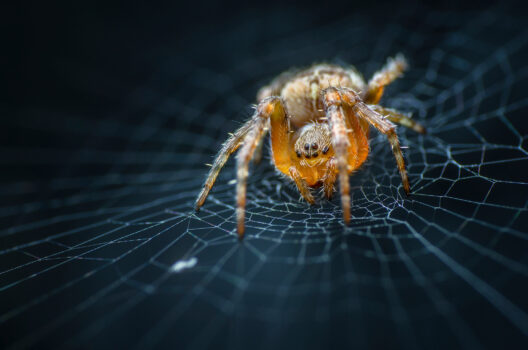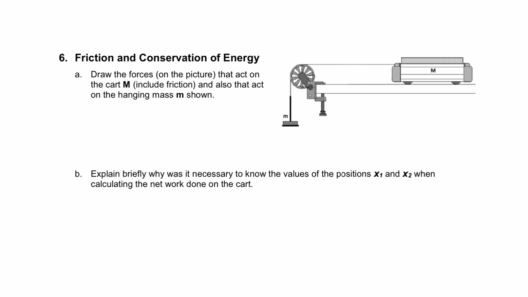In the natural world, survival often hinges on the ability to adapt to varying environmental conditions. For many species, particularly bears and birds, conservation of energy is paramount. This energy conservation becomes especially critical as seasons shift, bringing about changes in temperature, food availability, and habitat. This exposition delves into the sophisticated mechanisms employed by bears and birds to optimize their energy expenditure throughout the changing seasons.
Both bears and birds exhibit remarkable physiological and behavioral adaptations to navigate the seasonal fluctuations. Bears, for instance, engage in a well-known behavior known as hibernation, whereas birds may migrate or alter their foraging habits. The overarching theme is energy conservation, a fundamental necessity for survival in the animal kingdom.
Seasonal Adaptations: Bears
Bears demonstrate a profound energy-saving strategy through hibernation. This process is characterized by a dramatic decrease in metabolic rate, heart rate, and body temperature, allowing bears to subsist on stored fat during the harsh winter months when food is scarce. Prior to entering hibernation, bears engage in hyperphagia—feeding extensively to accumulate fat reserves that will sustain them throughout their dormant phase.
As winter approaches, the bear’s body initiates a cascade of physiological changes. The hypothalamus, which acts as the body’s thermostat, triggers a drop in temperature, while hormonal changes facilitate fat storage and inhibit activities associated with wakefulness. Interestingly, it is during this period of deep sleep that bears are capable of awakening in response to external stimuli, ensuring a degree of vigilance against potential threats.
During hibernation, bears enter a state of torpor, wherein they exhibit decreased metabolic activity. This state allows them to survive on a minimal energy intake, effectively slowing their bodily functions. The fatty acids from their stored fat provide essential energy, and unique adaptations enable bears to preserve muscle mass and maintain bone density despite prolonged inactivity.
Seasonal Adaptations: Birds
Unlike bears, most avian species do not undergo true hibernation but employ a range of strategies that facilitate energy conservation throughout the seasons. Migration is perhaps the most remarkable adaptation observed in numerous bird species. Birds migrate in search of warmer climates, food availability, and optimal breeding conditions. This instinctual behavior not only conserves energy but also increases their chances of reproductive success.
Diverse migratory pathways exemplify the strategic planning inherent in avian energy conservation. For instance, species such as the Arctic Tern undertake one of the longest migrations of any animal, traveling thousands of miles from the Arctic to the Antarctic and back again. During this journey, birds utilize favorable wind currents and thermals to minimize energy expenditure, demonstrating a deep understanding of their environment.
Additionally, many birds have developed physiological adaptations that enhance energy efficiency during migration. For example, changes in feather structure allow for improved aerodynamics, reducing drag and conserving energy during flight. Moreover, the bird’s body compresses its organs and bones to minimize weight, raising its capacity for long-distance travel without exhausting reserves.
Foraging Behavior: Bears and Birds
Foraging behavior also presents an essential aspect of energy conservation for both bears and birds. Bears, omnivorous by nature, capitalize on seasonal food sources, relying heavily on berries, nuts, and fish when available. Their foraging patterns are closely aligned with the seasonal availability of these resources. By adapting their diet and movement patterns, bears manage their energy expenditure effectively, aligning ingestion with periods of peak food abundance.
Birds, too, exhibit diverse foraging strategies that vary with the seasons. During the summer, many species feast on abundant insects, seeds, and fruit. As winter arrives, they alter their diets to consume available resources like seeds, nuts, and berries, even going as far as cache-ing food for later use. Some birds have been observed using tools to forage, a behavior that showcases their intelligence and ability to adapt methods for energy efficiency. This adaptability to seasonal changes in food availability is crucial for their survival, as greater access to calorie-dense food enables them to stockpile fat reserves before the onset of harsher environmental conditions.
Thermoregulation and Behavior
Another key component of energy conservation in both bears and birds is thermoregulation. Birds have developed various adaptations for maintaining body temperature, from fluffing their feathers to create an insulating layer of air to seeking shelter in dense foliage or birdhouses during extreme weather. In colder seasons, some species can enter a state of torpor akin to hibernation, reducing body temperature and metabolic rates for short periods, which conserves energy.
Bears, conversely, possess thick layers of fat and fur to insulate against the cold. Their behavior also changes seasonally; during warmer months, they might be more active and roam over larger territories, whereas in winter, they limit movements to conserve energy, retreating to their dens for prolonged periods of inactivity.
Conclusion
The ability of bears and birds to conserve energy through seasonal adaptations is a testament to the intricate relationships developed within their ecosystems. Through mechanisms such as hibernation, migration, altered foraging behavior, and thermoregulation strategies, these animals effectively navigate the challenges posed by changing environmental conditions.
Understanding these adaptations not only highlights the complexity of survival strategies in nature but also underscores the importance of preserving habitats that support these unique life cycles. Climate change and habitat disruption threaten these behaviors and the ecological balance they maintain. Protecting these species and their environments is crucial as we strive for a sustainable future for all living beings on Earth.








